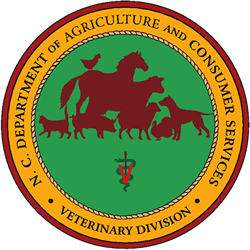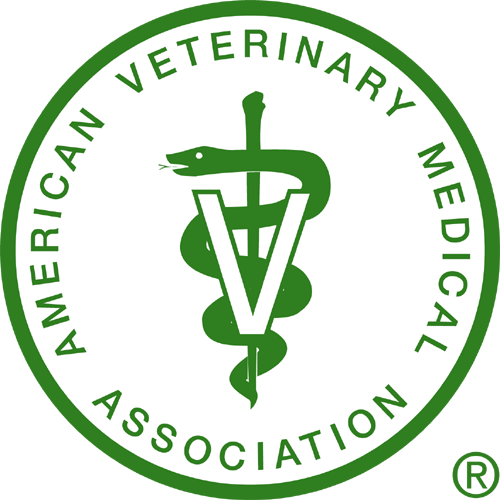Colic is the most common equine emergency that veterinarians and owners see. As owners you need to be prepared by recognizing colic symptoms and knowing the steps to take once you’ve identified colic as your horse’s problem.
What is colic?
The word colic simply means abdominal pain. Several things can cause abdominal pain and discomfort in horses. The most common are GI related, (gas colic, impaction colic, etc).
What signs will my horse give me that they are colicing?
The most common sign in horses is a lack of appetite (grain, hay, or pasture). If your horse is not eating, or doesn’t finish their supper or breakfast, you know you have a problem. (How often do our horses not want to eat?)
The signs people are most familiar with are laying down and rolling. This can be a serious sign of colic; so if you aren’t sure if your horse is just rolling for his version of a dirt bath or if he is having abdominal pain, take some time and observe. If he is continually rolling, up and down, or acting like he is uncomfortable, that is not normal and should be treated as a sign of colic.
Pawing at the ground. While some horses frequently paw, seemingly to annoy us, this behavior in a horse out of character for that individual can be a sign of colic. Often times it is coupled with a horse that is frequently laying down.
Flank watching just means looking at their belly. Remember colic is literally pain in their abdomen. Some horses will stare at their sides, keep looking back to one or both sides, or even bite at their sides if the pain is severe enough.
Some horses will take biting at their sides and flank watching a step further and kick up at their belly. If you see your horse kicking at his belly with his back feet take a minute and make sure he isn’t just swatting at a hard to reach fly.
Parking out. This sign can be misinterpreted as a symptom that they are having difficulty urinating. While this is possible, it is much more likely they are experiencing GI colic and are simply trying to stretch out their belly looking for a way to make themselves more comfortable. In either case, a veterinarian needs to be involved.
So now I’m pretty sure my horse is showing signs of colic. What should I do?
- Call your veterinarian. Even if you think it is mild it is worth talking it over with your veterinarian.
- Get a halter and lead rope on your horse and begin walking them. We aren’t trying to win any races here, just get them moving. Be careful, severe pain can make horse unpredictable. Horses can suddenly drop to the ground and begin rolling. Part of our goal with walking the horse is to prevent as much lying down and rolling as we can. Stay alert, it can be dangerous for the handler.
- Administer any medications as directed by your veterinarian.
Never hesitate to call your veterinarian if you aren’t sure what you are seeing!



